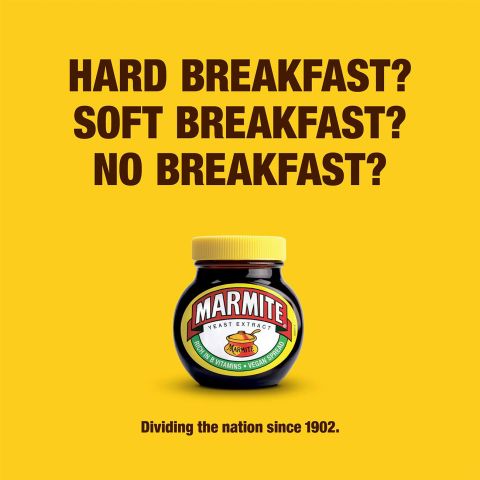

Shadow Character Construction
Naief Khatri
[read_meter]
Indonesian shadow characters, or Wayang Kulit, are made of rawhide. Kulit means skin, usually from the hide of an oxen or bull. Other materials which is use around the world include, goatskin, cardboard, and plastics. Most Indonesian characters are carved in profile. Some figures have two moving arms, some have one, and some have no moving parts at all. Some have a leg that kicks, a few have mouths that move. Size, physique, type of clothing, amount of jewelry, skin color, shape of eyes, and sometimes shape of teeth, determine the character of each figure.
Tracing and Carving
The figure is drawn or traced onto the leather or other material, including interior shapes and motifs. The maker uses intricate metal tools to carve the figure. Small tightly curved chisels are used to make holes. Larger arc chisels are used to carve more elaborate designs and outlines. One “hole” may take several different tools with varying blade arcs to execute it correctly.
Once all interior holes are carved, the figure is cut out from the hide. Arms and other pieces are cut out next. The arms are made in two pieces and jointed with thick plastic line, or joints made of bone. They look like small white rivets and function in the same way.
Indonesian Wayang have exaggerated upper body proportions and the lower area is shrunk. This makes the figure appear with correct dimensions in shadow. The entire length of the puppet is never totally flush with the screen. The face pressed against the screen for clarity, and the lower half stands slightly back. Without this special sizing technique, the image would appear bottom heavy.
Some other cultures, such as China and Turkey, hold the characters flush to the screen from top to bottom. In this case regular proportions produce the desired shadow.
Sanding and Painting
The carved leather is sanded to make it smooth and ready for painting. The figures are blacked out with ink, rendering the puppet opaque. At least one coat of white paint is applied over the black to prime the figure before coloring. Any area to be painted with gold leaf must remain black. Acrylic paint replaces the vegetable dye used in earlier times.
The Balinese use a four layer shading technique for each color, from dark to light. In Java, the colors are blended to show a more even gradation. Gold leaf is always applied last.
Not all cultures use opaque puppets. Some, like the Chinese style, are translucent, so color can be seen in the shadows. This is done by dying, instead of painting the leather. In Indonesia, the shadows are black, with one exception. In Bali, the face of Agni, the fire, is opaque, but the flames are not blacked, creating a translucent red after paint is applied.
One or two thin coats of acrylic finish are applied, and when dry the sticks are attached. The figure is sewn onto the main stick in three or four spots depending on the puppet’s height. The top of the stick ends slightly below the top of the figure. The bottom of the stick continues about six inches below the bottom of the puppet. Arm sticks are affixed at the hands and hang freely.
Assembly
After coloring, arms and other moving pieces are fastened to the body with plastic or bone hinge joints.
Some characters have moving mouths or legs. The mouth moves via a string trigger connected to a perpendicular wooden or horn stick which acts as a spring. A thumb pad of tanned leather or suede makes operation comfortable. When triggering the mouth, the horn stick flexes past the cut out of the eye, creating the appearance of blinking eyelids.
Indonesian Wayang have moving mouths or legs. The mouth moves via a string trigger connected to a perpendicular wooden or horn stick which acts as a spring. A thumb pad of tanned leather or suede makes operation comfortable. When triggering the mouth, the horn stick flexes past the cut out of the eye, creating the appearance of blinking eyelids.
In China, the sticks are usually metal rods. The main rod is hinged to the character and held out and away from to the screen. In Turkey, a thicker stick is mounted perpendicular to the character. This type of mounting allows the characters to twirl.
Related Links

Latest
Articles
CBSE Compartment Result 2023 OUT: Click For Direct Link
Home CBSE Compartment Result 2023 OUT: Click For Direct Link The CBSE 10th Compartment Result 2023 is expected to be
August 3, 2023
IIT Roorkee Launches Professional Certification Program in Product Management
Home IIT Roorkee Launches Professional Certification Program in Product Management The fees five-month long programme is for Rs 1,40,000 +
August 3, 2023
Join Our Whatsapp Community
Lorem ipsum dolor sit amet, consectetur adipisicing elit, sed do eiusmod tempor incididunt ut labore et dolore magna aliqua. Ut enim ad minim veniam, quis nostrud







